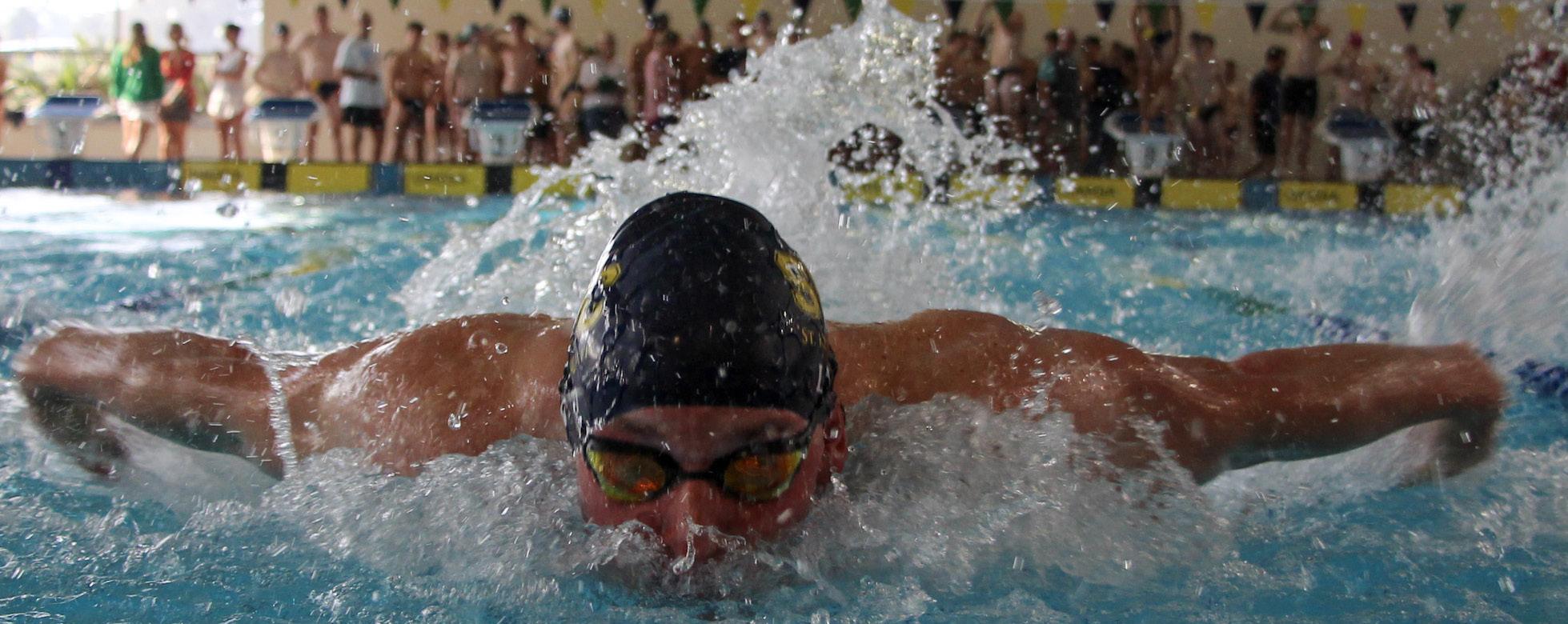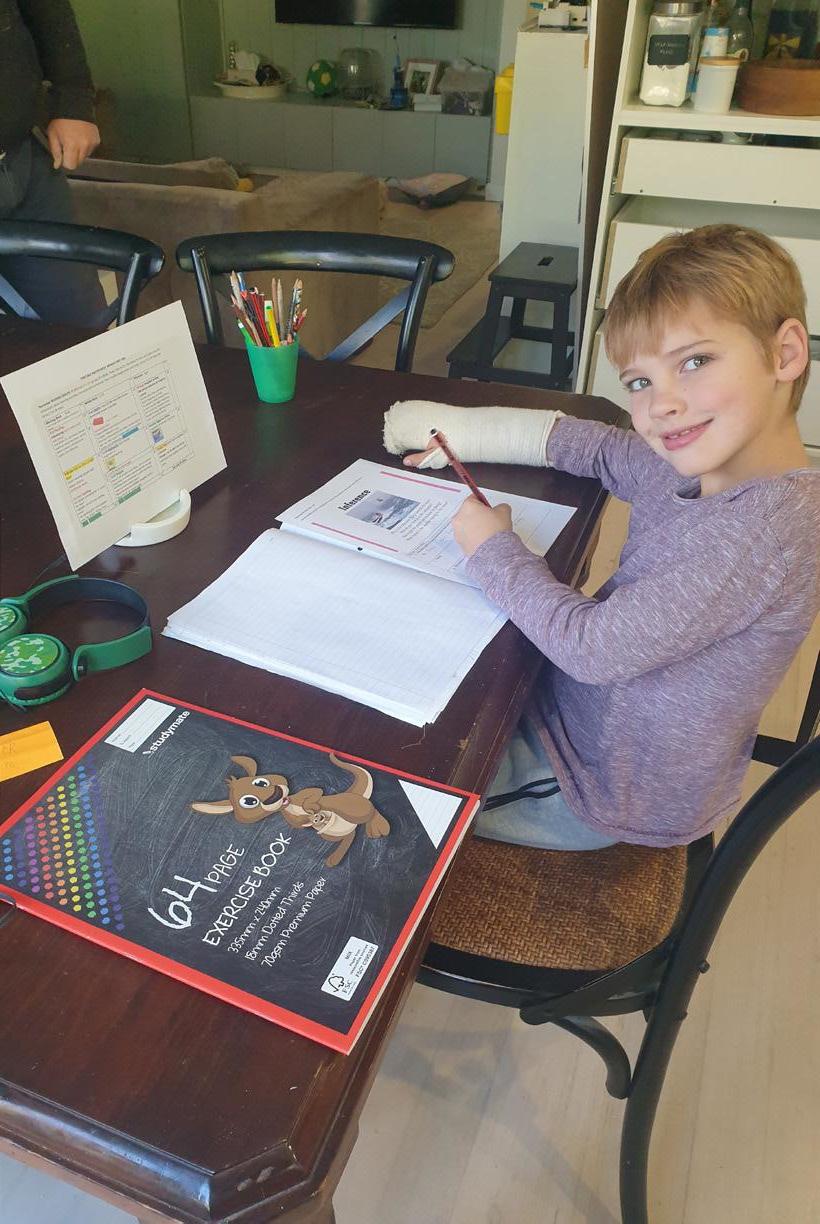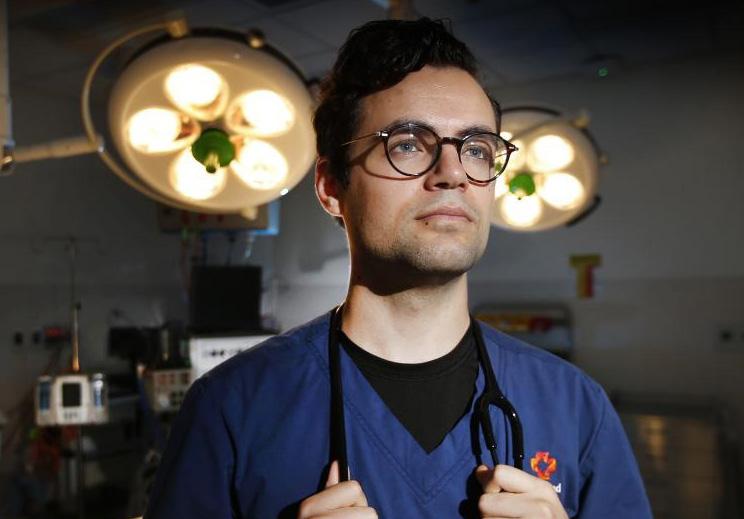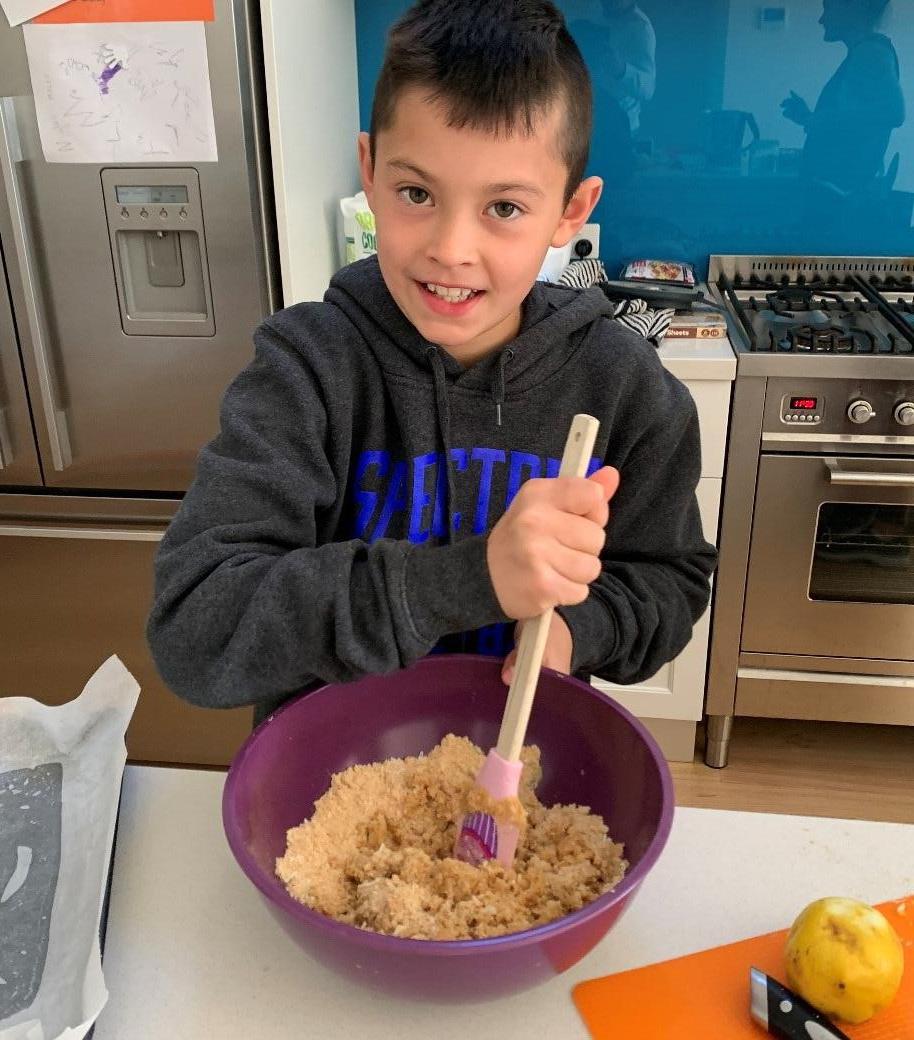
7 minute read
Curriculum in Iso
RELIGIOUS EDUCATION
In Religious Education, Term 2 has seen the advent of an unprecedented challenge, due to remote learning. Religious Education is a subject where we can contemplate deep existential questions. We attempt to learn from the lives of saints and scholars, past and present and examine who we are and what the future might hold. As we embarked upon remote learning, one might be sceptical of the possibility of a curriculum, that still offers personal reflection and can accompany students on their journey of faith. Even the name, remote learning, appears distant and isolating. What a challenge for us all, to enable something conducted remotely, to be experienced in a connected, close and communal way.
Advertisement
I am incredibly proud of the way the students responded to their online learning. After speaking with numerous colleagues, it is clear that the spirit among the boys remained strong. Students appeared to have had their interest stoked, and this sparked burning questions from countless boys. Google Meets, social streams and emails have provided boys with channels to pose enquiries that they would otherwise often raise face-to-face in class. While the students of St Kevin's did themselves proud, I am also grateful to work with many talented colleagues, who made this possible.
When talking about the early Church, St Paul told the people of Corinth that there are many different parts, but all of the same body. Likewise, the talented Religious Education teaching staff, along with cooperative students, have each played their part and came together as one body. The development of resources, the ongoing care and concern, as well as the provision for prayer, have sustained us all. Remote learning has been far more than a challenge. It has also been an opportunity for staff and students to come together, as one body, to develop and grow.
LIBRARY
The three libraries quickly transitioned to remote learning this term. After some initial trialling of various methods, every reading class had a live and interactive component, from Prep to Year 9, through Google Meet. This year, we introduced the digital platform BorrowBox to the whole College, which allows students and staff to borrow eAudiobooks and eBooks online. The digital collection has quickly grown, and the boys have adapted to this new format.
At Glendalough, students borrowed numerous books before the lockdown and accessed other reading material from StoryBox through the Library Portal Page. StoryBox is a digital collection of around 300 stories which are read aloud by wellknown storytellers.
Students continued to complete weekly independent library tasks, which were aimed at being non-screen based. Students checked in with the library teachers by having regular reading catchups online.
The teacher librarians at Heyington continued the weekly Crunchie Reading Program remotely using Google Meet together with Google Sheets. This allowed them to connect with students and monitor their reading across all 20 Year 7 and 8 classes. The Themes and Books of the Week Program continued, and we featured War, Crime and Mystery, Classics and Standalone books. New teacher librarian, Katherine Stevens, did an excellent job creating very interactive presentations and the boys particularly loved the two mystery case studies which they needed to solve.
During the lessons, the students would switch off their cameras and mute their microphones and read. Each week, the boys would outline their reading progress, and the teacher librarian would then write back an encouraging comment or ask for further clarification.
In addition to reading, there have also been research classes at Years 10, 11 and 12 levels in Biology, Chemistry and Economics. The inaugural Staff Book Club was also launched online for staff to meet in a relaxed forum and chat about great books.
The Wider Reading Program at Waterford quickly transitioned to remote learning. Information about new books was introduced, and then the students read for 30 minutes. The students wrote a 100- word response on the English teacher's class page social stream.
SCIENCE
Switching from face-to-face to online learning.
Psychology tells us that learning involves a change in brain structure, which results from experience. Every piece of knowledge we build in our minds requires an experience of some kind. These experiences typically happen in
the "real world" such as face-to-face teaching; however, as any young person will tell you, they can also now occur in a virtual online world. Both can be equally transforming provided the experience is rich and engaging. To be transformative, it must grab our attention.
This understanding has always underpinned the approaches taken by the SKC Science faculty. We continuously look for ways to engage the boys. Under more normal circumstances, we achieve that goal primarily through hands-on laboratory experiments and by providing a broad suite of different learning materials and activities on the College portal.
Then along came COVID-19. Our sudden switch to online remote learning meant we had to re-think many aspects of our content delivery. Some things like our digital class notes, online worksheets and "Teach Me Again" videos put us in good stead for the transition to home-based learning, but we still needed to fill the void of a 50 per cent reduction in classroom practical time. We did not want to lose our students love of science. And with boys, a big part of that is hands-on activity.
Teachers to the rescue!
Within days, our Science Unit pages started to grow rapidly as staff teams began writing dozens of new learning tasks. Practicals were re-configured so that students could now watch a video and then complete the report. Online portal quizzes replaced pen and paper unit tests. Tutorial videos made by one teacher were shared with fellow teachers. Other online learning platforms, like STILE, were initiated to augment our digital content. Teachers learned fast. They had to. They began making science videos in their lounge rooms and kitchens. LEGO and plasticine became the teaching props of choice (who'd have thought how many concepts can be demonstrated through these simple mediums!). Mobile phones mounted on retort stands replaced digital whiteboards. And of course, the jewel in the crown, the one critical element we, as a school, can be proudest, was a full commitment by all teaching staff to deliver as many live lessons as possible… and that is exactly what we achieved.
The result of this meant our science programs have successfully continued and our strong teacher-student relationships have been maintained and nurtured. Our science classes have remained rich and engaging and, most importantly, our student's minds have continued to grow.
What an experience.
MUSIC
The move to online learning created some challenges for music teachers, with the slight delay inherent in the technology seemingly magnified in an art form focused on the nuance of sound. It was clear from the beginning that the pleasure of playing music together would have to be put to one side as we were reminded that musicians performing together constantly make slight adjustments in tone, dynamics and intonation to create the sense of "ensemble". Without being in the same room, this just became impossible. Alternatives included teachers making recordings of the other duet part or piano accompaniment and placing these on the portal so that students could at least play along.
As teachers experimented with microphone and camera setups, they adapted to a new way of teaching, perhaps best described as my turn/your turn. With students attending lessons from their lounge rooms, the opportunity to include parents in lessons was beneficial, particularly with the younger students. Violins, violas and cellos go out of tune very easily and always require retuning before use. Under the direction of the string teachers, some parents became instrument tuning experts!
When the Student Wellbeing Program launched in the senior school, an informal performance opportunity was created on Tuesday afternoons so that students could play prepared solo pieces to a supportive audience. This was well-received, with first performances including students of the violin, piano, clarinet and horn. While these performances couldn't replicate the full experience of our concerts at school, it was wonderful that so many students were able to share their joy of performing.
DRAMA
Drama had a particularly challenging task in transitioning to remote learning. The staff re-wrote most of our curriculum to ensure that students would continue to explore their creativity and imagination through remote learning.
Year 7s focused on character invention and development. They made puppets and completed "art recreation" pieces that asked them to concentrate on the focus and facial expressions of the subject of their chosen art piece.
Year 8s worked in small online groups to prepare radio plays- complete with madeat-home sound effects.
Year 9 focused on scriptwriting and ensemble performances which they will enjoy rehearsing and performing once back at Waterford.
Year 10 studied the Italian style of theatre: Commedia Dell'Arte. They created and submitted incredible videos of their characterisations of Il Dottore.
The VCE classes continued their detailed study of the elements, terminology and practice of theatre. Year 12 are continuing to prepare their Unit 3 play The Complete Works of William Shakespeare (Abridged), to be performed to a small audience in Term 3.
Throughout this term, VCAA released the online version of Top Acts. These are the high-performing monologues that were performed across the state in 2019. Our 2019 Theatre Studies dux, Tom Liszuciewicz was among those top performers with his outstanding portrayal of Sweeney Todd. Congratulations to Tom on his well-deserved inclusion in this concert series.









